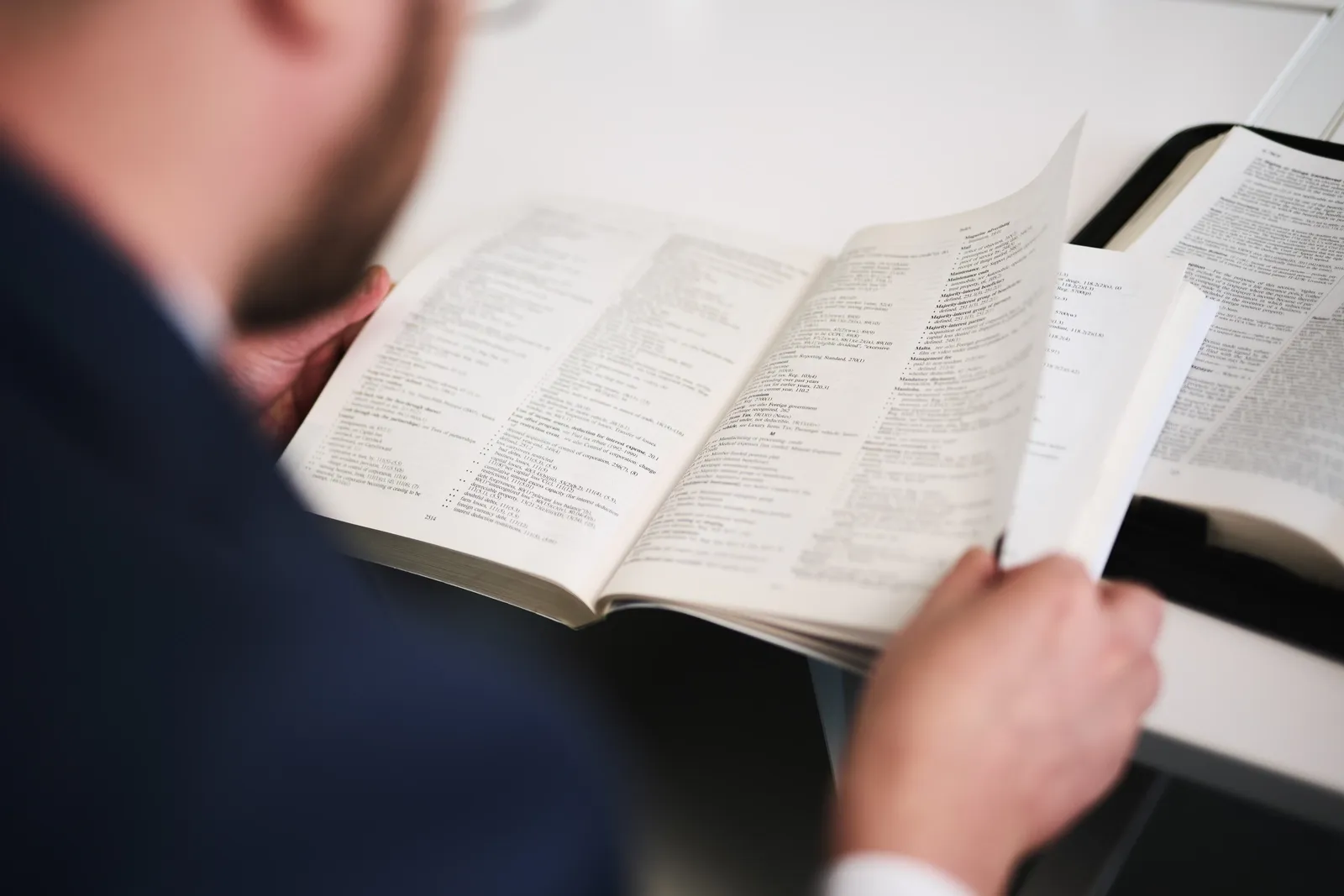Facing Tax Evasion Charges? Why You Need a Tax Lawyer
Are you facing tax evasion charges? This is a serious legal matter that should never be ignored.
The stress of being pursued by the CRA can feel overwhelming, and the potential consequences of tax-related offenses are severe. However, you’re not alone—many hardworking Canadians find themselves in similar situations, unsure of where to turn.
The Canadian tax system is complex, and unintentional errors can sometimes be misinterpreted as tax evasion. Whether the issue stems from unfiled tax returns, discrepancies in reported income, or misunderstandings of tax law, the CRA’s enforcement actions can be relentless. Facing the Tax Court of Canada can be daunting, making the support of an experienced tax lawyer essential.
How a Tax Lawyer Can Help
Investigating the Allegations
A tax lawyer will carefully examine the CRA’s claims, identifying any inaccuracies in their assessment and ensuring your financial records are properly reviewed.
Negotiating with the CRA
Many cases can be resolved without going to trial. A skilled tax lawyer can negotiate on your behalf to seek a fair resolution, minimizing penalties and protecting your interests.
Developing a Legal Strategy
If your case goes to the Tax Court of Canada, a tax lawyer will craft a comprehensive legal strategy tailored to your circumstances.
Providing Peace of Mind
Beyond legal expertise, a tax lawyer offers reassurance. Knowing you have a professional defending your case can ease the stress of facing tax evasion charges.
Contact Us for Legal Support
At Taxpayer Law, we understand the complexities of Canadian tax law and the challenges you may be facing. Contact us today for a consultation and let us help you navigate this difficult time.




